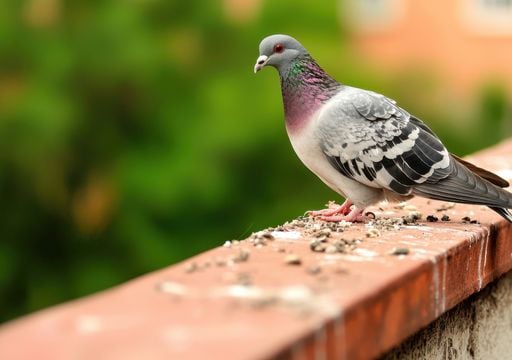The marks on your mattress that reveal the presence of bed bugs
The bedbug infestations recently detected in several regions of France due to high temperatures have put other parts of Europe on alert. How do you know if your bed is safe?
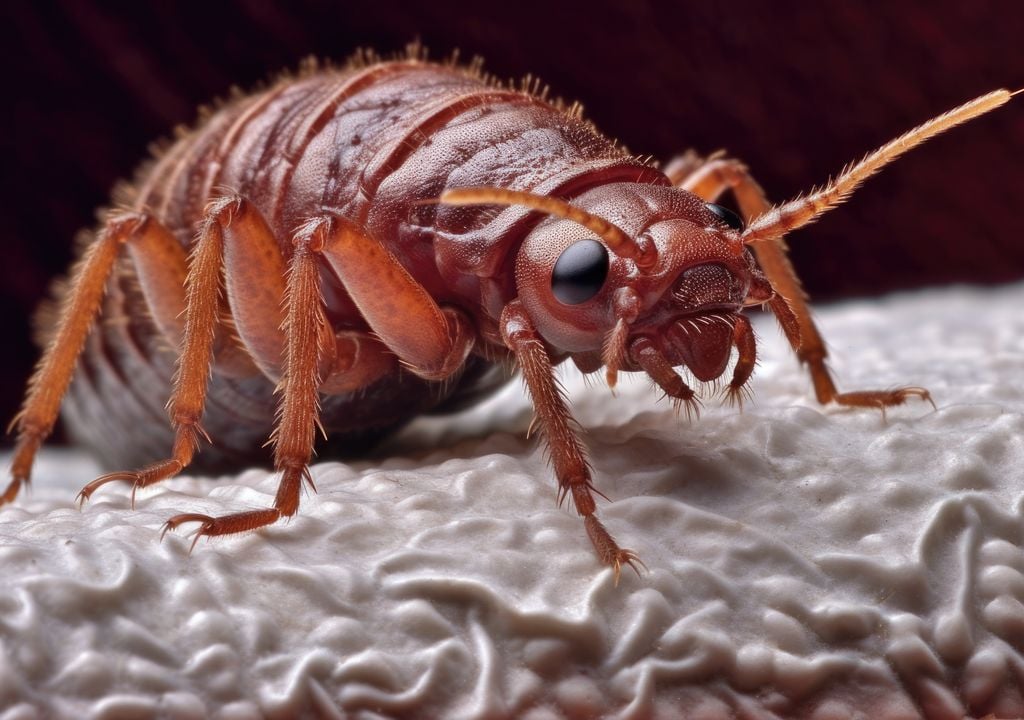
According to official statistics, 11% of French homes were affected by bed bugs last summer. Climate change and the high temperatures recorded, such as the warm autumn, have favoured their reproduction.
Recently, it reached the point that the French Government was forced to take action at the level of the ministries of Health, Economy, Transport and Tourism. In cities like Paris, bedbugs have even infested movie theaters, trains or the subway.
This is an emerging problem not only in France, but throughout Europe, including the UK, with levels not seen since the Second World War. In Spain, specialised companies have already warned of a 71% increase in bedbug infestations compared to October of last year.
What are bed bugs?
Bed bugs (not to be confused with other types that feed on plants) are small parasitic insects between 4 and 7 millimetres (similar to the size of an apple seed), oval and flattened in shape and reddish brown in colour (their nymphs are semitranslucent). They feed exclusively on the blood of people, other mammals and birds, and they do so mainly at night.
During the day they adopt a cryptic lifestyle and spend most of their time hiding in warm, dark places such as cracks, folds and crevices, where they will not be seen. Their favourite dens are close to the host that provides them with food: mattresses and bed frames.
The ideal temperatures for the spread of bed bugs are those above 21°C. Females live approximately one year. In that time, since they mature, they can lay between 200 and 500 eggs.
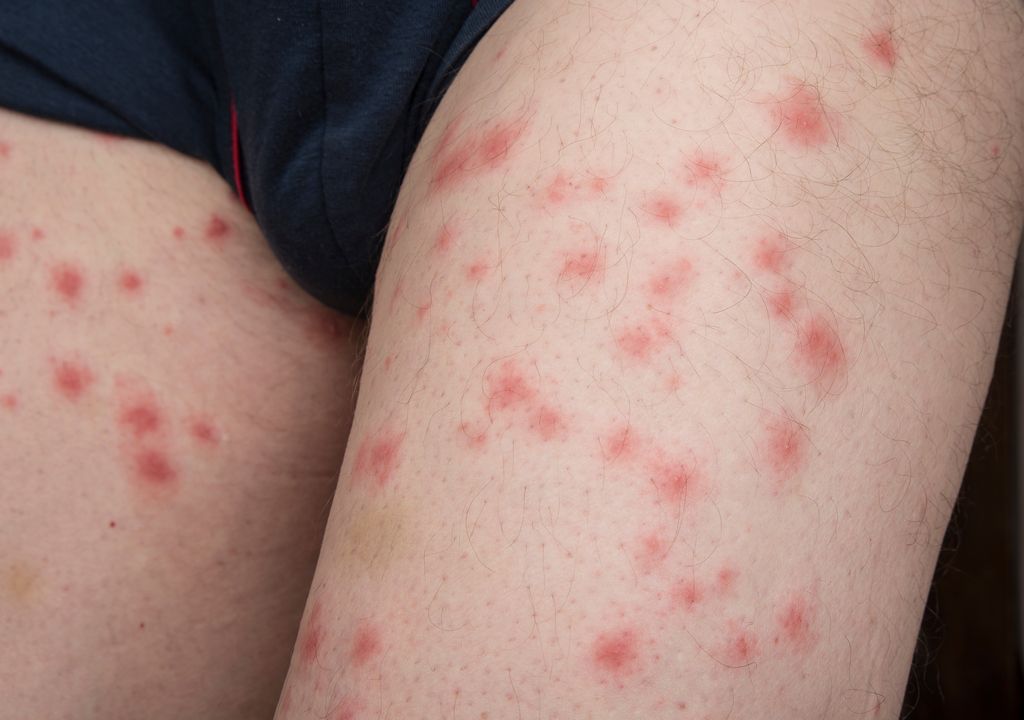
Although they are very annoying and can harbour more than 40 pathogenic agents for humans, they are not considered a public health problem in the sense that they do not have vector capacity to transmit diseases, unlike other hematophages such as ticks or mosquitoes.
What are bed bug bites like and when should you see a doctor?
Bed bug bites are similar to those caused by other insects, such as fleas, and appear in the form of a rash, that is, as an area on the skin that is inflamed and irritated. They normally appear in areas of the body that are not protected by clothing. As a general rule, bed bug bites have the following characteristics.
- Red, inflamed spots with a darker centre (the point where the insect has drawn blood)
- They are pruritic, or in other words, they cause intense itching
- They are arranged in clusters or irregularly
In principle, bed bug bites are not serious and simply cause an annoying itch, which can be relieved by washing the affected area with soap and water, then applying cold compresses or lotions and creams containing calamine.
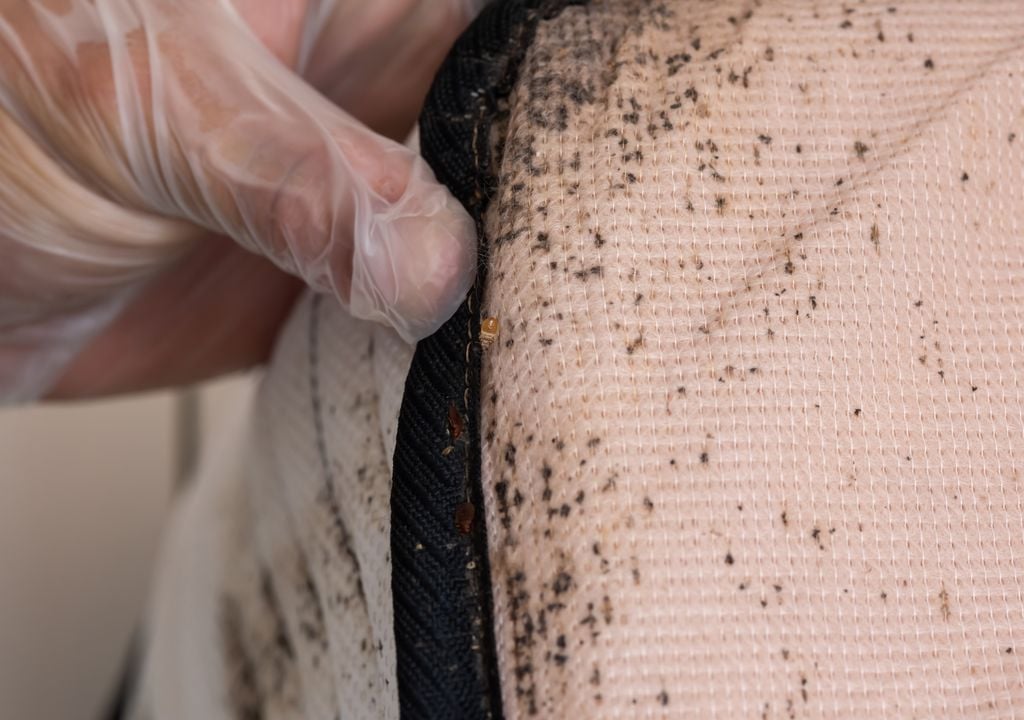
On rare occasions they can cause serious allergic reactions, which cause difficulty breathing, nausea, fever, swollen tongue, irregular heartbeat and the bites turning into blisters. That is the time to go to the doctor.
How can we detect bed bugs at home?
Although bed bug infestations have usually been associated with a lack of hygiene (they are attracted to disorder and dirt), currently their spread is more related to the extraordinary mobility of people and objects throughout the planet. These parasites can be carried in luggage, clothing, merchandise we receive from other countries, and sofas, beds, and other antique or second-hand furniture.
The first evidence of their presence is usually the bites. In mattresses they can be detected by the dark stains left by their excrement, by the eggs and shed skins, and also by the unpleasant smell, between sweet and rancid, that they produce.
Once an infestation occurs, eradicating bed bugs is difficult. So our recommendation is to turn to experienced pest control professionals who can prove the use of the IPM (Integrated Pest Control) system.
And, be careful, affected mattresses should never be left outside, because the bed bugs will try to take refuge elsewhere, which will facilitate their spread.
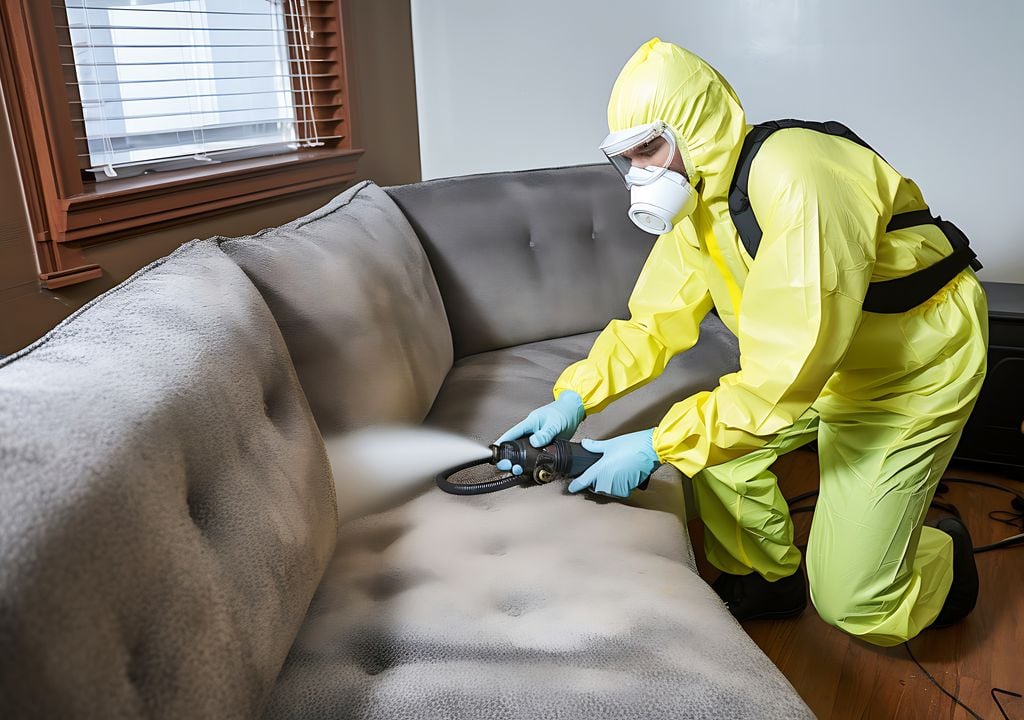
Tips to prevent bed bugs invading your home
These simple guidelines will help you avoid the presence of bed bugs in your life. Take note! Old, second-hand furniture and used clothing may contain eggs or bed bugs. Disinfect them before bringing them home.
- Clean and disinfect the packages you receive at home (and their contents).
- On your trips, protect your suitcases with plastic covers.
- And in accommodation, try not to leave them on the floor (especially if there is carpet) or near the bed.
- When you return, vacuum and disinfect your luggage and wash all clothes at at least 60 degrees.
- Use bed bug covers for the mattress and pillows, do not store objects under the bed and keep your home clean and tidy.
- Do not use insecticides without consulting a professional, as they may be ineffective or even worsen the problem, moving the pest to other places in the house.
- Act at the first sign. If you don't do it in time, it will be more complicated and expensive to eliminate the pest.


